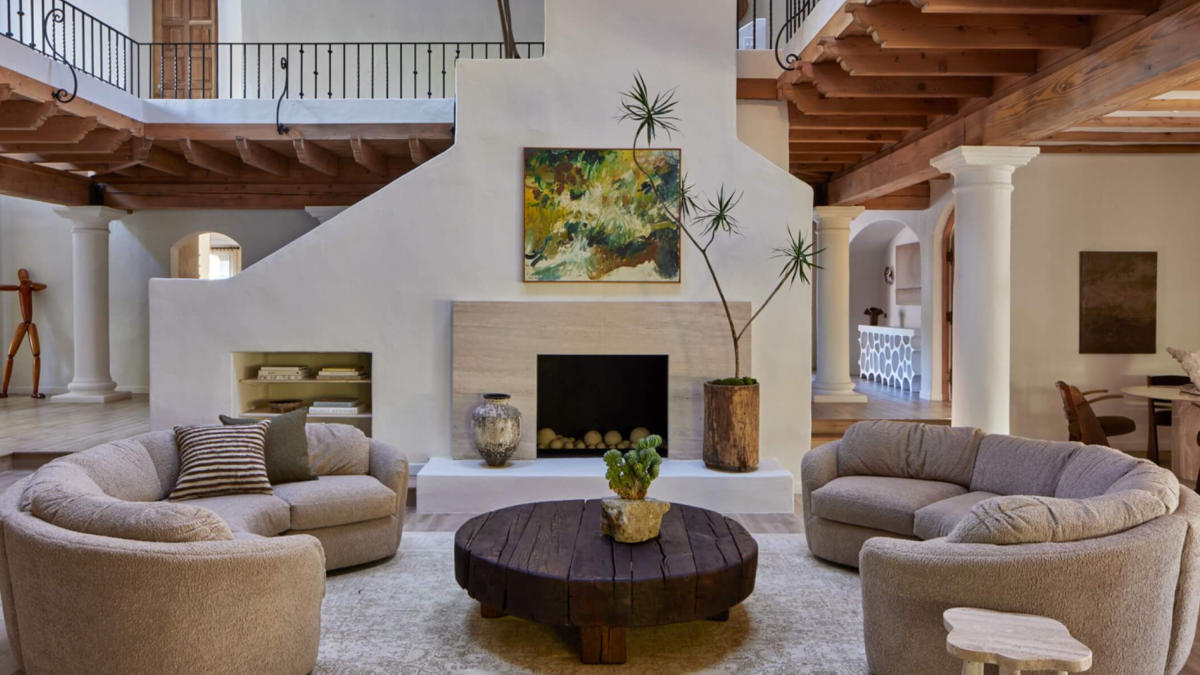Since we started reporting on limewash as a trend a few years back, the wall finish has positively exploded in popularity. Its textured look adds depth and interest to even the most box-like new builds, and it’s often used by designers as a way to intensify colors – it even lends a little something to an all-white palette.
But as happens with all interior design trends, some of us are starting to feel like limewash is a little, well, overdone. Of course the finish still has its place – but for those of us looking for fresh ideas, what’s the wall texture we should look to to deliver that same depth and intensity, without the feeling that you’ve seen it done before?
We posed the question to interior designers, and one answer came up more than any other: Roman clay. Intrigued, we spoke to some of these designers to find out what’s so special about this wall finish, how to use it – and where they’re still likely to use limewash instead.
What is Roman clay?

This popular limewash paint alternative, sold by the likes of Portola Paints, is a plaster-like finish applied using a putty knife. It lends walls a smooth, versatile finish, and can be used to create stone, stucco and marble-like looks depending on your preference. It’s generally available in a range of colors. ‘It gives a similar look to Venetian plaster but it’s less glossy and more casual,’ explains New York interior designer Sarah Tract.
It’s also generally more durable than limewash, though it can be prone to marking or chipping if applied incorrectly. ‘We love both Roman clay and limewash,’ says Whitney Romanoff of Arkansas-based studio Meet West. ‘Roman clay can be very forgiving, easy to maintain, and ideal for smooth walls. We love that it delivers a smoother, less chalky finish than limewash with a slight sheen that can reflect the light beautifully.’
‘Roman clay has a solidness to it, a depth and texture that I don’t think you achieve with limewash,’ adds Ashley Ausland of California’s Ausland Interiors. ‘It feels a little more old school, which I love. I also love how the light reflects off of it.’
How are designers using Roman clay?
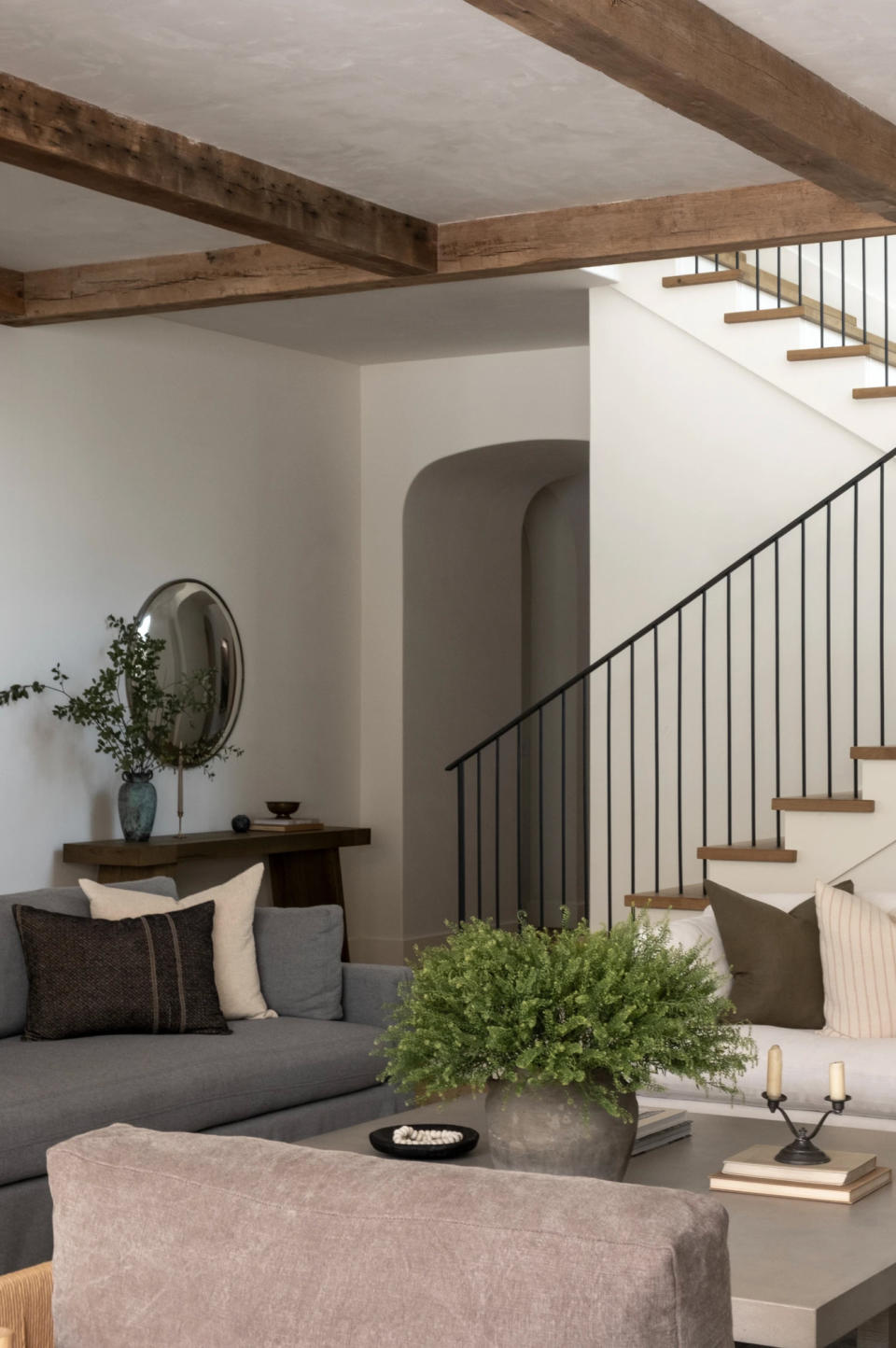

Both Ashley Ausland and Whitney Romanoff use Roman clay in bathrooms to provide an ‘elevated feeling’, as Ashley describes – and Whitney also uses it anywhere she feels needs an atmospheric boost. ‘We love to use Roman clay in a moodier space where we want the sheen to pick up the light and show off the cloud-like effect,’ she says. It is low VOC and can be more forgiving to touch up with something as simple as a kitchen sponge or sandpaper.’
With any plaster or plaster-like paint idea, using paint on top can be surprisingly effective – and it’s an approach Brittny Button, founder of LA’s Button Atelier, loves to take. ‘Painting over plaster adds textural depth, a much needed addition to most spaces,’ she says. ‘The result is an old world feeling that conveys a kind of history to an interior. The creation of visual depth is so important as walls in and of themselves can be a canvas. When the design is approached in this way they become a kind of art that exists throughout the room – an ever-present poetry that exists throughout.’
Is limewash still in style?
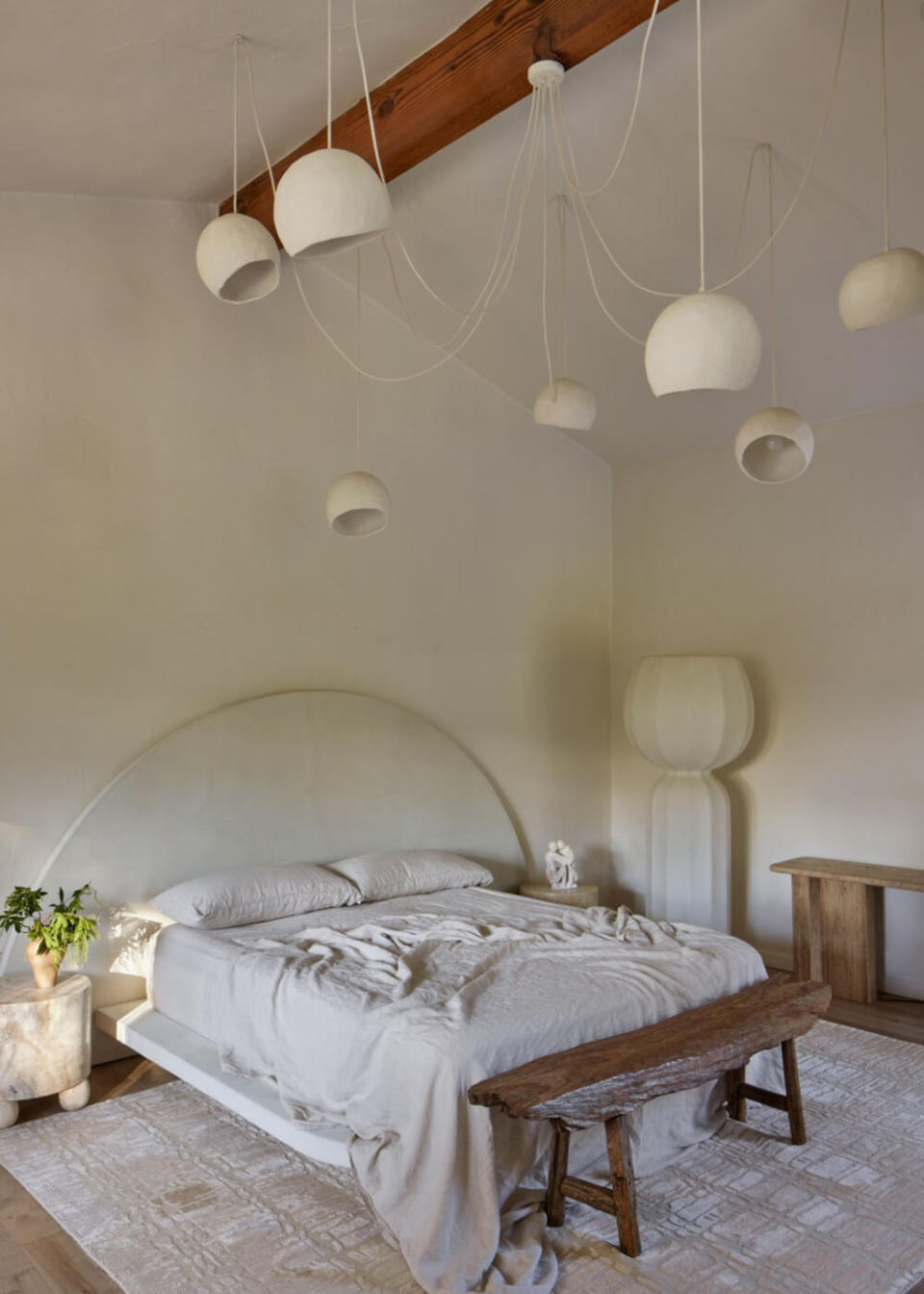

By no means is limewash about to go out of fashion – after all, it’s a popular finish for a reason, and definitely still has its place in interiors. ‘I personally don’t think limewash will ever be “out” as it’s a look based on the natural ageing of walls, and it’s been used for centuries,’ says Drew Michael Scott, founder of Lone Fox Home.
It might, however, be worth thinking about how you can use limewash in a more contemporary if you’re still set on the finish. ‘Modernizing the use comes by choosing a matte finish done in a neutral color such as off-white, pale creams or a tawny tan,’ says Brittny Button. ‘Ideally the effect is best when used in a holistic manner spread across multiple adjoining rooms. For instance, I used the lime wash effect all throughout my kitchen, dining rooms and bathrooms at Casa Encanto. My intent was to create a warm unified look.’
What are other alternatives to limewash?
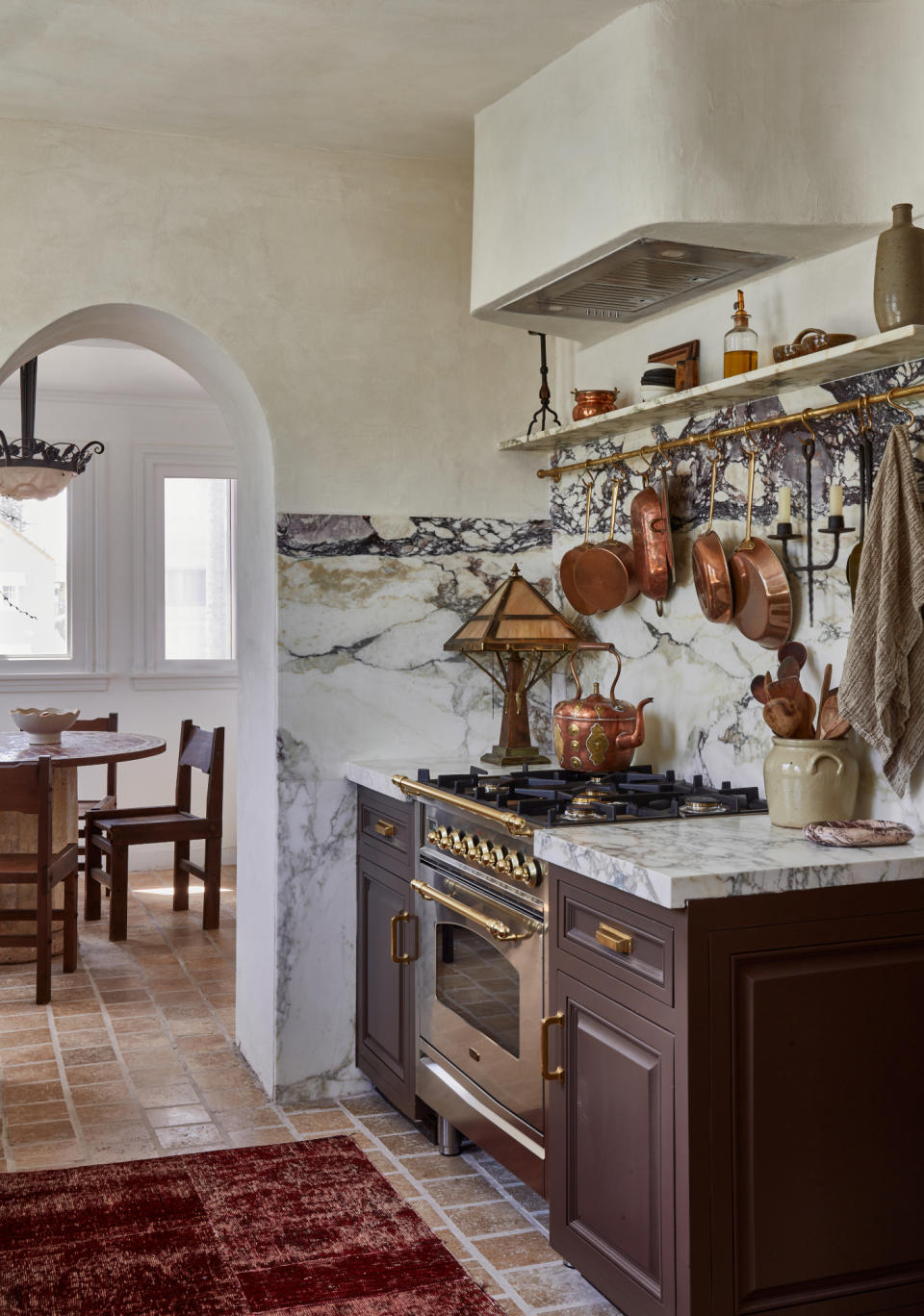

Many of the suggestions put forward by designers, not surprisingly, were other plaster or plaster-like finishes – all of which lend a similar richness to a wall as limewash, but have their own quirks and unique features.
‘Explore Venetian plaster as a sophisticated alternative to limewash for texturizing walls,’ advises Lauren Lerner, founder of Scottsdale, AZ design studio Living with Lolo. ‘This opulent finish boasts a tactile richness and depth, offering versatility with textures ranging from smooth to rough. Perfect for accent walls in living, dining, or bedroom spaces, it can be tinted to complement your decor. Its enduring charm effortlessly enhances any room.’
Drew Michael Scott recommends Meoded’s Tonachino Firenze and Marmorino Palladino wall finishes. ‘I’ve used them in my own home, [but they are] far more work than limewash,’ he says. ‘I love adding textures to walls because it gives visual movement to an otherwise flat surface.’
Whichever finish you choose, it’s all about the application. ‘One of my current go-to finishes is a true, artisanal plaster that can be troweled on in organic, sculptural patterns,’ says Sacramento-based e-designer Amanda Foster. ‘I love the depth and movement it creates, almost like a living, breathing surface.’ She also recommends mineral paint for those who want a limewash look but with a bit more ‘oomph’. ‘It has a similar chalky, matte finish, but with a bit more pigment and depth. The application process is a bit more involved than standard paint, but the results are so worth it – plus, you can play with layering different colors for a truly one-of-a-kind look.’
3 of the best textured wall finishes


Valspar Flat Tintable Venetian Plaster Tintable Latex Interior Paint
Price: $55.98/gallon
Color: Tintable


Mariposa
Price: $25/kilo
Finish: Roman Clay
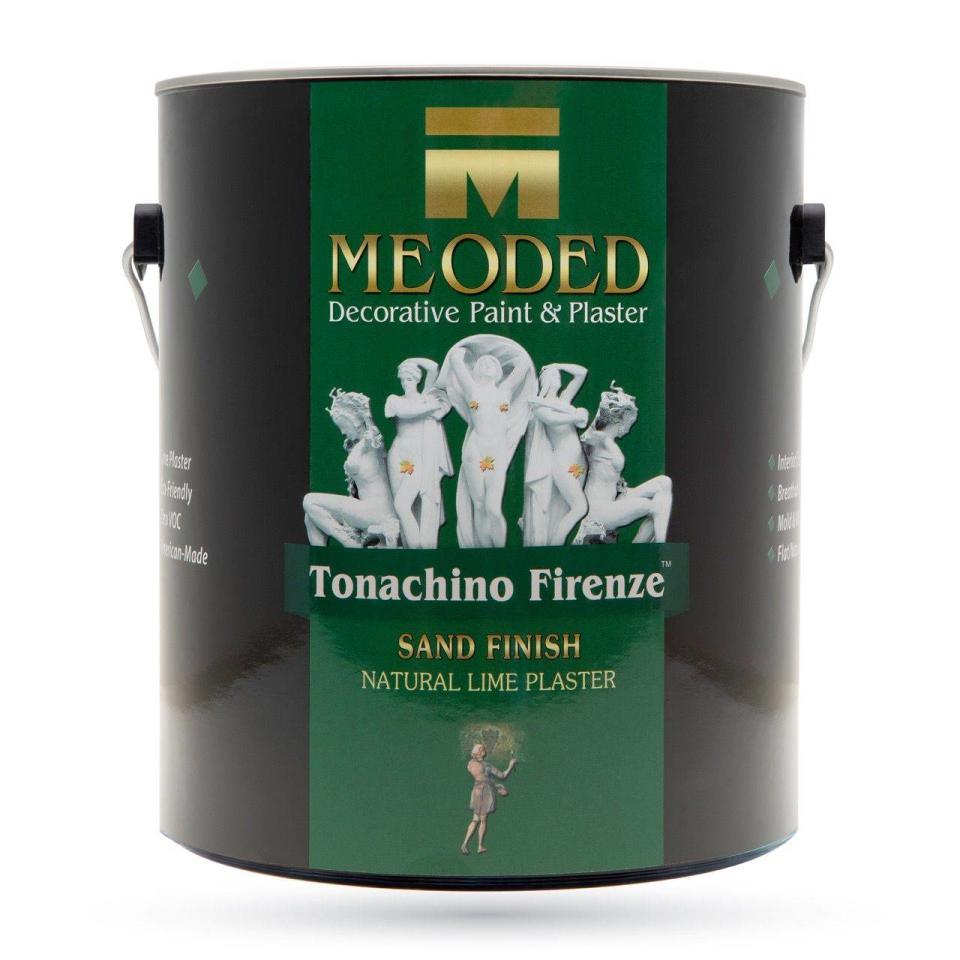

Sand Finish Plaster
Price: See dealer
Color: Tonachino Firenze






